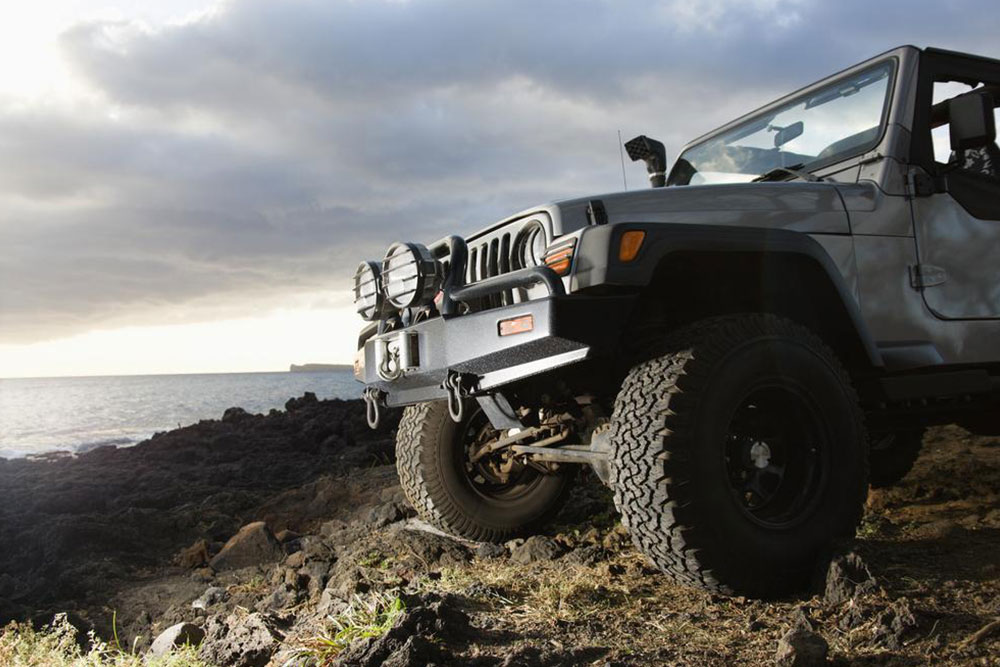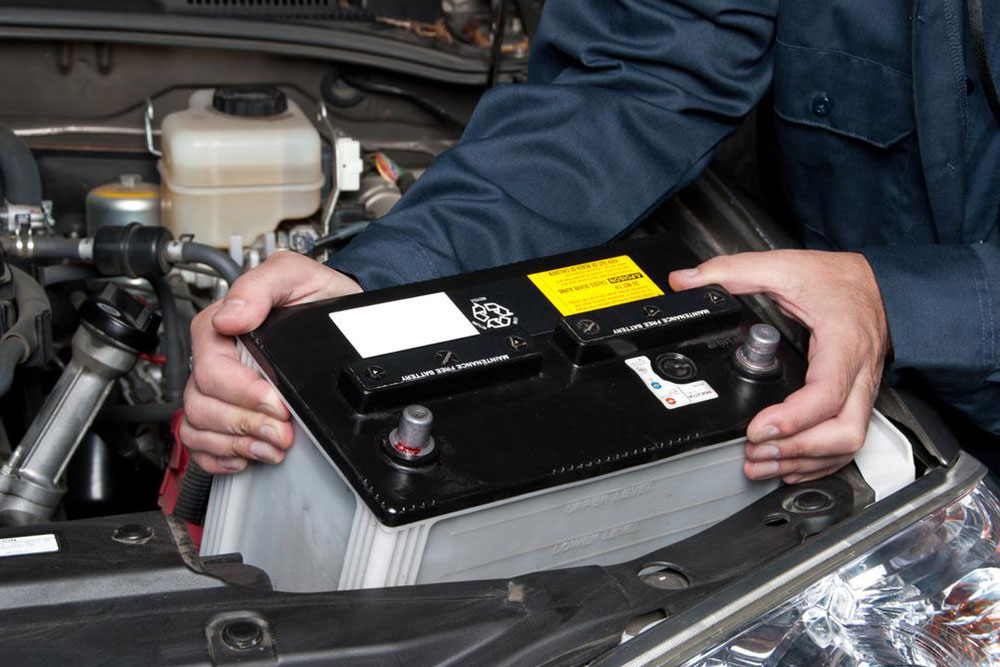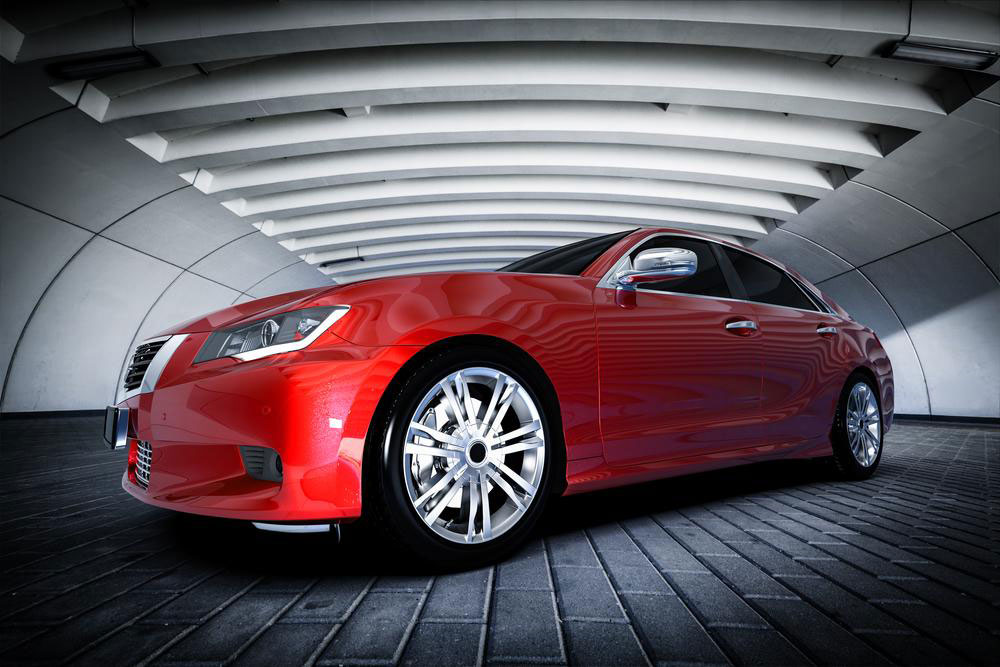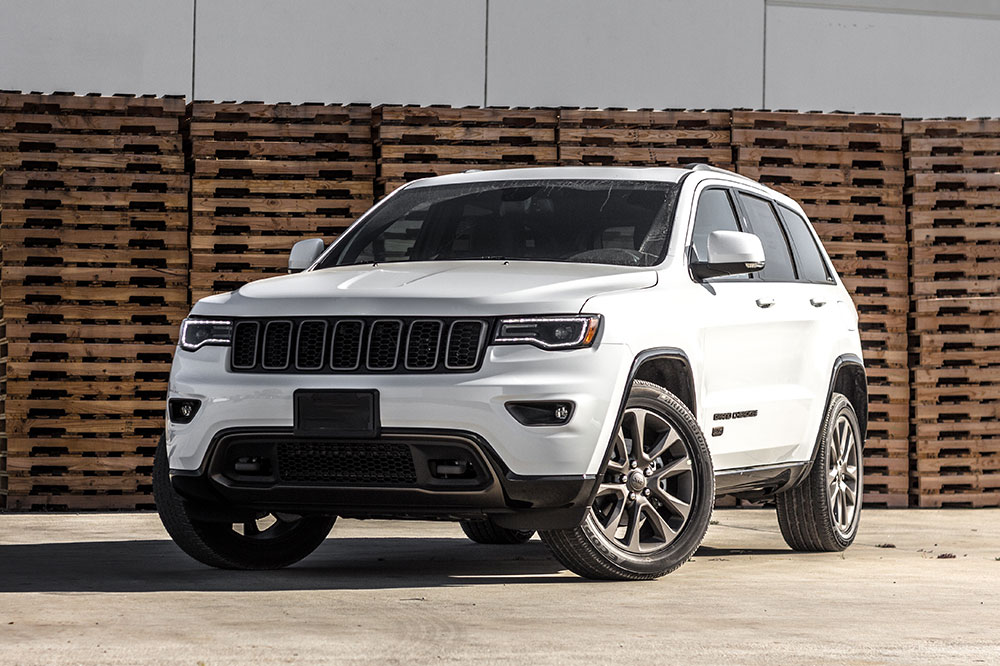Comprehensive Guide: Essential Tips for Buying a Used Jeep Safely and Wisely
This comprehensive guide provides essential tips for purchasing a used Jeep, emphasizing careful inspection of rust, tires, fluid leaks, and modifications. It helps buyers make informed decisions, avoid costly repairs, and ensure their vehicle is reliable for off-road adventures or daily use. With detailed advice and practical tips, prospective buyers can confidently navigate the pre-owned Jeep market and secure a vehicle that meets their needs and budget.

Important Factors to Consider Before Purchasing a Used Jeep
The Jeep Wrangler is universally recognized for its outstanding off-road capabilities, durability, and rugged design, making it a top choice for adventure enthusiasts and regular drivers alike. While models like the Jeep Cherokee are also highly regarded, the Wrangler's iconic reputation often positions it as the preferred option among those seeking reliable off-road performance combined with versatility. However, buying a used Jeep requires careful inspection, as many of these vehicles have been used in challenging terrains, which can influence their condition and longevity. Understanding what to look for can help you make a sound investment and avoid potential pitfalls.
This extensive guide covers key considerations and essential inspection points when purchasing a pre-owned Jeep, ensuring you select a vehicle that is safe, reliable, and worth your money.
Rust Issues and Structural Integrity: One of the most common concerns in used Jeep vehicles, especially older models or those exposed to harsh environments, is rust. Rust can compromise the structural integrity of the vehicle, particularly if it affects critical components like the frame and undercarriage. When inspecting a used Jeep, it is vital to examine these areas thoroughly. Look for visible signs of corrosion, such as discoloration, bubbling paint, or flaky metal. Use a rubber mallet to gently tap the frame and assess for loose rust flakes or soft spots that indicate advanced corrosion. Additionally, check underneath the car for scratches, dents, or recent repainting, which might conceal rust or previous damage. Extensive rust, particularly on the frame or structural supports, can be a red flag, signaling costly repairs or progressive deterioration that could jeopardize safety and performance.
Assessing Tire Condition and Alignment: Tires are one of the most visible indicators of how well a used Jeep has been maintained. When inspecting used vehicles, don’t overlook the tire condition. Uneven tire wear patterns can suggest alignment issues, suspension problems, or improper driving habits. For example, more worn front tires compared to the rear may indicate steering or alignment issues, while inconsistent wear across all tires might point to suspension or drivetrain concerns. Properly maintained tires with even wear are essential not only for safe handling but also for fuel efficiency and reduced maintenance costs. Check the tread depth and look for signs of cracking or bulging, which could signify underlying problems. Replacing tires can be an expensive expense, so assessing their condition can help you negotiate a fair price or decide whether to proceed with the purchase.
Fluid Leak Inspection and Mechanical Health: Ensuring the mechanical health of the vehicle is paramount when buying a used Jeep. Carefully inspect underneath the vehicle for fluid leaks, which can be signs of engine, transmission, or coolant system issues. Look for oil drips, coolant leaks, or transmission fluid leaks around the engine bay and under the chassis. Check hoses and belts for cracks, brittleness, or signs of deterioration. A leak-free vehicle often indicates proper maintenance and reduces the risk of unexpected breakdowns after purchase. Additionally, consider requesting a professional mechanic to perform a comprehensive inspection, including checking the condition of vital components such as the transfer case, differentials, brakes, and suspension parts. A well-maintained Jeep with no leaks or visible damage typically offers better reliability and longevity.
Modification History and Customization Checks: Many Jeep enthusiasts enjoy customizing their vehicles for better off-road performance or aesthetic appeal. While modifications can enhance the driving experience, they can also pose potential issues if not done correctly. When evaluating a used Jeep, ask for a detailed modification history, particularly concerning suspension lifts, tire upgrades, engine tuning, or aftermarket parts. Improper or poorly installed modifications can lead to ride discomfort, mechanical failures, or safety hazards. Verify whether modifications were carried out by qualified professionals, and ensure the replaced parts are compatible with the vehicle's make and model. Conversely, properly installed upgrades can add value and improve performance, so inspecting the quality and safety of these modifications is crucial before making a purchase decision.
In conclusion, buying a used Jeep requires diligent inspection, a good understanding of vehicle condition, and sometimes consulting with experts. By thoroughly checking rust, tires, fluid leaks, and modifications, you can make an informed decision that ensures your investment is both safe and worthwhile. Remember, patience and careful evaluation play a vital role in acquiring a vehicle that will serve you well across rugged terrains and daily drives alike.




